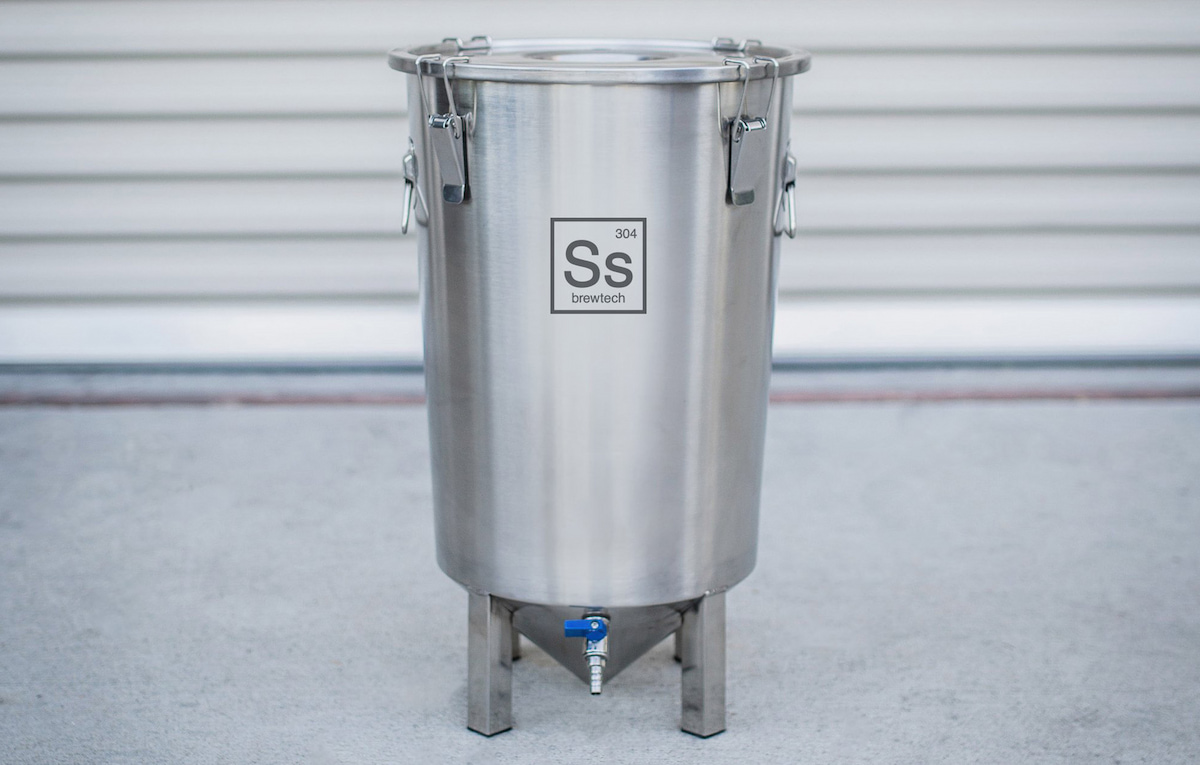If you’re a homebrewer who thinks they’ve mastered the beer-making process and you’re now looking to upgrade your setup, you’re probably considering buying a commercial-grade fermenter. Every step of the beer-brewing process is important to the final outcome, so the quality of the equipment you use will play a crucial role. A great step to improve the quality of your beer is fermentation. There are quite a few types of beer fermenters available today, the most popular being conical fermenters. These pieces of equipment were once reserved for commercial-grade beer production due to their high prices, but they’ve recently become quite affordable, making them a great addition to homebrewers or people looking to open a brewery.
What Are Fermenters?
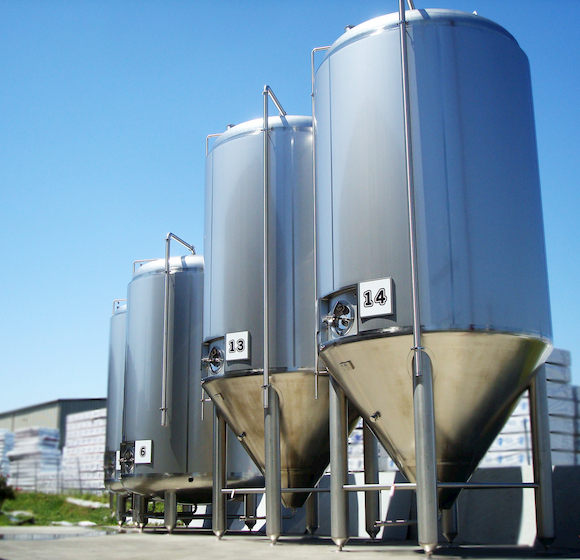
Fermentation is one of the most important steps in creating beer. It’s basically what makes beer beer. This is the process during which the brew develops its alcoholic and carbonation content. You have quite a few options when it comes to choosing fermentation vessels. You can choose between carboys, plastic buckets, kegs and conical fermenters. Conical fermenters, as their name implies feature a cone-shaped bottom and a cylindrical top. These pieces of brewery equipment are usually made out of plastic or stainless steel, and they come with a wide range of features such as automatic temperature controls, built-in stands and rotating racking arms.
Stainless Steel vs. Plastic Fermenters
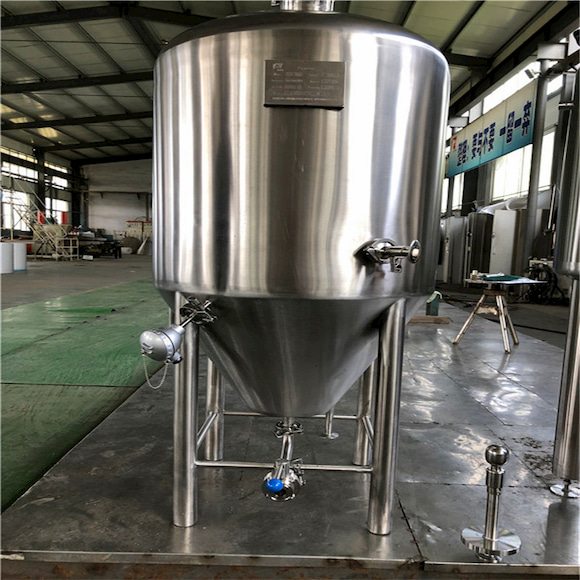
The material of the conical fermenter can play a huge role in the outcome of your product. Stainless steel fermenters are easy to clean, look great and don’t stain. These fermenters also generally come with temperature control systems and racking valves. On the downside, they’re more expensive than plastic fermenters, which are more easily stained and scratched when you clean them. The scratches can become a place for bacteria to avoid sanitisers, so they should be replaced more frequently to avoid potential health hazards.
Best Stainless Steel Fermenters
Some of the best stainless steel fermenters are Grainfather Conical – Pro Edition, The Fermenator by Blichmann, SS BrewTech Brew Bucket and MoreBeer!. The Grainfather is a double-walled conical fermenter that can hold 7 gallons. Some of the features and built-in Grainfather parts include temperature controls, a dual-valve bottom tap and a double-wall design. The Grainfather and the Grainfather parts are costly, but they’re considered top-shelf fermenters.
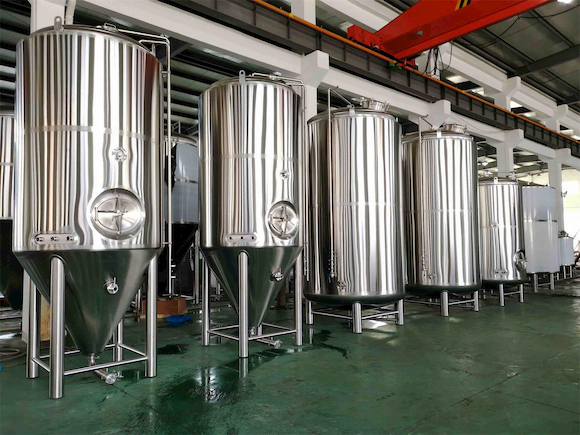
The Fermenator is a leak-free and the only weld-free fermenter available. This means you don’t have to worry about bacteria. The Fermenator is available in a variety of sizes ranging from 7-42 gallons. The SS BrewTech Brew Bucket is a 7-gallon model that features a small dump and racking valve, trub removal. It also includes a ball and elbow valve at the bottom, a domed lid and a rotating racking arm. It also comes with legs, making it easy to place and use. Lastly, MoreBeer! is a fermenter with a capacity of 12 gallons, and it features a rotating racking arm, a butterfly valve, a domed lid with a clover fitting and a built-in stand.
Best Plastic Fermenters
Some of the best plastic fermenters are FastFerment, FermZilla, BrewDemon and The Catalyst. FastFerment is a beginner-friendly model with a capacity of 7.9 gallons and an attached yeast collection ball. It also features a bottle filling attachment, as well as a ThermoWell. The FermZilla features a tank that holds about 7 gallons and a stainless steel stand. It’s great for 5-gallon batches and it makes it easy to purge of oxygen thanks to its little headspace.
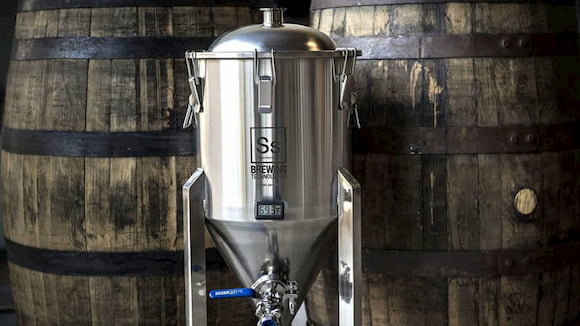
The butterfly dump valve is ideal for collecting yeast and removing trub. The BrewDemon is a smaller fermenter and it can only hold 2-gallon batches. It doesn’t need an airlock, and it features a spigot higher up to enable pouring without having to remove the collected trub at the bottom. Lastly, the Catalyst can hold 6.5 gallons and it comes at a 45-degree angle instead of the typical 60 degrees. It features a large butterfly valve, and it’s compatible with wide-mouth jars of standard size.
Benefits of Conical Fermenters
These fermenters offer seasoned homebrewers a wide range of benefits over other fermenters. They’re more expensive, but the amount of energy, time and money you save in the long run makes them well worth their price. The conical shape provides benefits such as eliminating the need to transfer to a second fermenter in case you use it as unitank. Further, it allows the yeast and trub to fall to the bottom so you don’t have to move everything to a second fermenter to slowly flush out the sediment through a dump valve. Not having to use as many vessels translates to saving time and energy on cleaning. All of this allows you to reuse your yeast, which can save you a lot of money over time while improving the quality of your beer.
